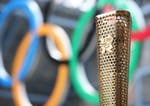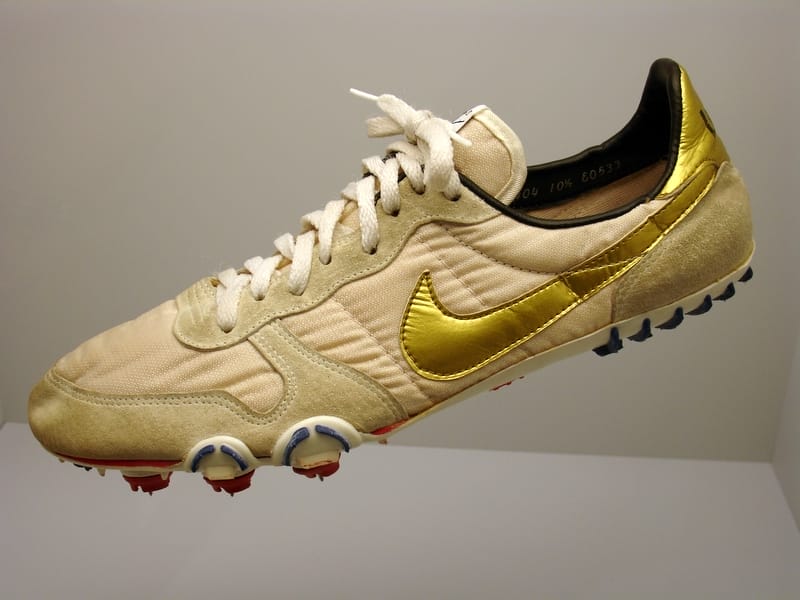What was the official shoe of the 1984 Los Angeles Olympic Games? No, not Nike, Adidas or even the then-startup Reebok. The official shoe of those Games was Converse, which paid nearly $4 million to be a sponsor. If you were in Los Angeles at the time, you may have thought otherwise. Nike spent aggressively on what has come to be known as “ambush marketing.” For sporting event planners and corporate sponsors, protection of this contracted association is a top intellectual-property issue. The United Kingdom is taking legislative steps to bar ambush marketing at its upcoming Games.
The key focus is clarity on contractual rights, including obligations to work against ambushers proactively.
Ambush marketing has multiple “victims.” The first is the party that paid for the official relationship: e.g., Converse.
In a forthcoming sports law casebook, my co-authors and I define ambush marketing as “a creative advertising practice by a business other than an official sponsor that seeks to create an association with a sports event without using the event’s name, trademarks or logos.” Another casebook (Steve McKelvey and John Grady’s “Ambush Marketing: The Legal Battleground for Sports Marketers”) takes that definition further , stating that ambush marketing also includes “a company’s intentional efforts to weaken its competitor’s official association with a sport organization, which has been acquired through the payment of sponsorship fees” and seeks “to capitalize on the goodwill, reputation and popularity of a particular sport or event by creating an association without the authorization or consent of the necessary parties.”
Also harmed is the event rights-holder that sold the sponsorship. Theories abound about the legal issues, including breach of contract for not policing or seeking to enjoin the ambusher from using the rights that it held out to be exclusive.

London prepares for the torch to arrive. Photo credit: London 2012.
Where this “free-riding” is allowed to occur, the harm comes to the rights-holder through potential reduced value in future sponsorship sales. Such was the assertion in United States Olympic Comm. v. American Media Inc., where the plaintiff argued that the ambusher’s problematic act also encouraged other entities to act similarly, lessening the value of sponsorship dollars that might be received to fund Olympic participation.
Under current U.S. law, ambush marketing appears only to be illegal if it creates a likelihood of consumer confusion. In Federation Internationale de Football v. Nike Inc., the focus was on proving the impact on and the confusion of the consumer.
London 2012 now has to deal with this challenge. We cannot predict what ambush-type activities will take place, but it is a safe bet that activity will occur. British legislative activity is seeking to regulate many of the past bad acts. The legislation might even be interpreted to bar clothing at venues seeks to deliver an advertising message. Budweiser was the official beer of the 2010 FIFA World Cup in South Africa, for instance, but Dutch brewing company Bavaria clothed attractive models in their corporate color and successfully got the attention of the live audience as well as broadcast and print media—prior to the arrest of the group. They performed a similar stunt at the 1996 World Cup in Germany with branded lederhosen.
It is important to acknowledge that, even with legislation in place, the ambush and impact may occur before action can be taken.

























